
Chimney Crowns / Caps
A chimney crown, also known as a chimney wash or chimney splay, refers to the masonry or concrete slab that covers the top of a chimney structure. It serves as a protective barrier between the chimney stack and the elements.
The chimney crown is typically constructed with a sloped design to allow water to run off and away from the chimney structure. Its purpose is to shed water and prevent moisture from seeping into the masonry materials, which can cause deterioration, cracking, and other forms of damage over time.

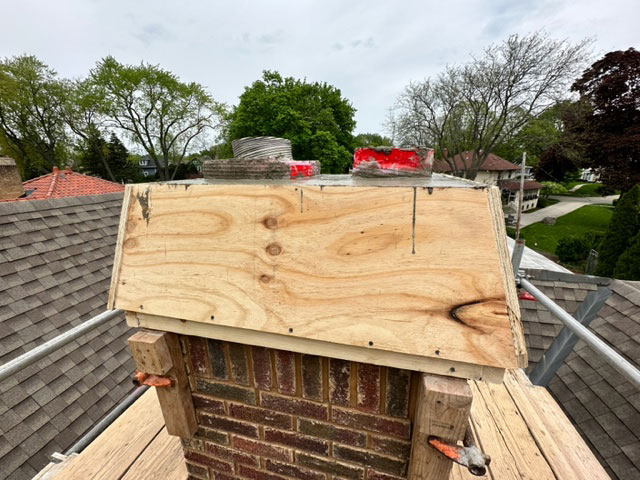

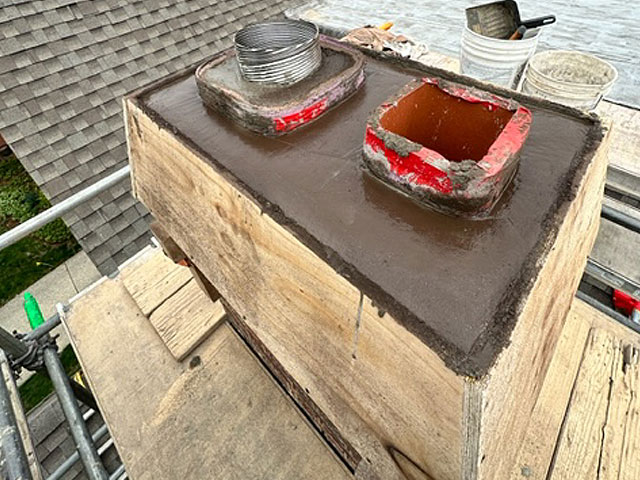
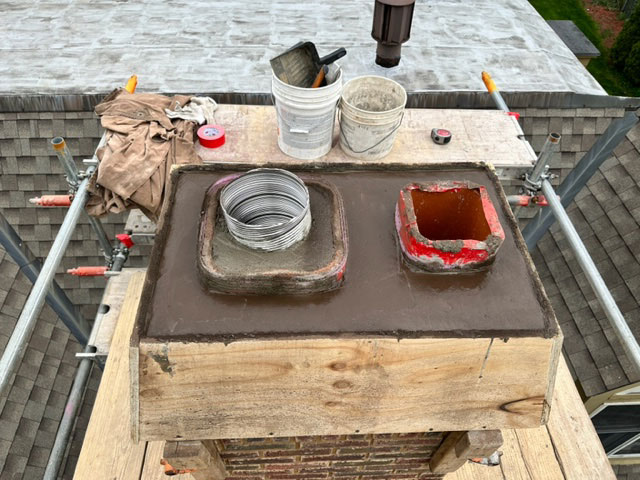
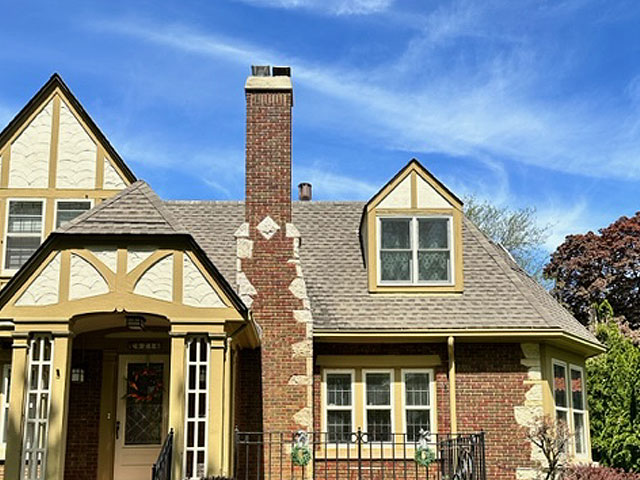
Key features and functions of a chimney crown include:
- Water Protection: The primary function of a chimney crown is to prevent water from penetrating the chimney structure. By providing a sloped surface, the crown directs water away from the masonry walls, reducing the risk of water damage and deterioration.
- Structural Integrity: A well-built chimney crown adds structural stability to the chimney. It helps protect the top of the chimney stack from the effects of weathering, such as freeze-thaw cycles, which can cause cracks and damage to the masonry.
- Maintenance of Interior Components: The chimney crown helps protect the interior components of the chimney, such as the flue liner, from exposure to moisture. By preventing water from entering the chimney structure, the crown reduces the risk of damage to these components and prolongs their lifespan.
It is important for the chimney crown to be properly constructed and maintained. A well-built chimney crown should have a drip edge or overhang to ensure water runoff, be made of a durable material (such as concrete or a suitable masonry mix), and be properly sealed to prevent water penetration. Regular inspection and maintenance of the chimney crown are recommended to address any signs of deterioration, cracks, or damage and ensure its continued effectiveness.
Overall, the chimney crown is a crucial component of a chimney system, providing protection against water damage and maintaining the structural integrity of the chimney stack.

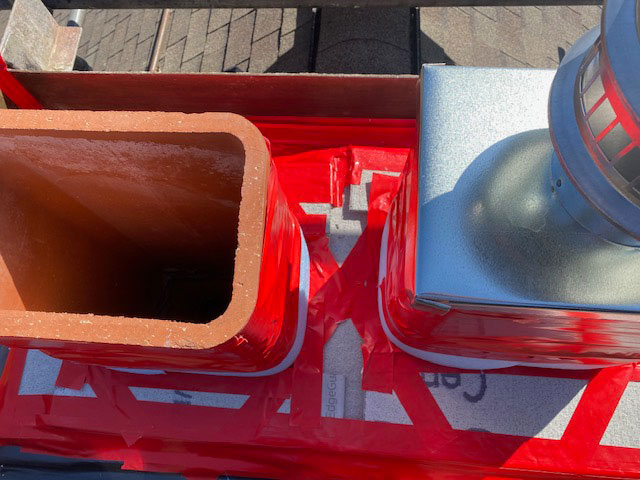
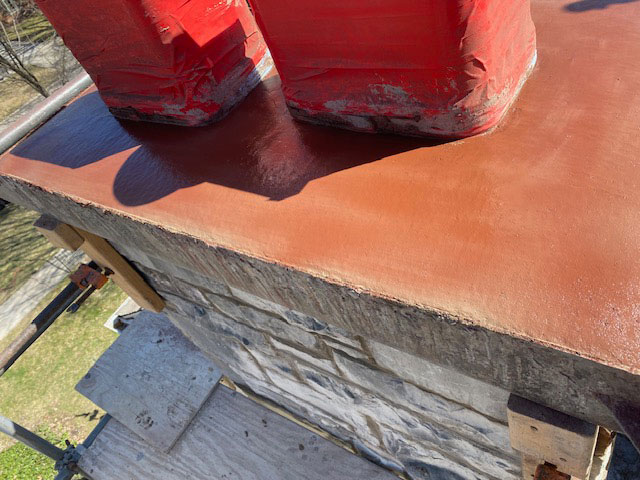
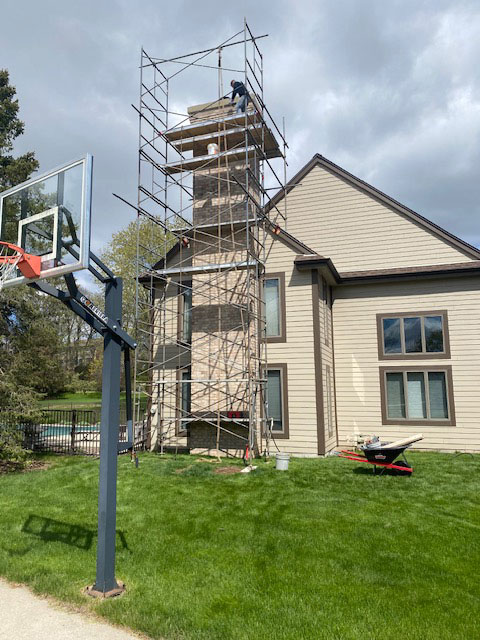

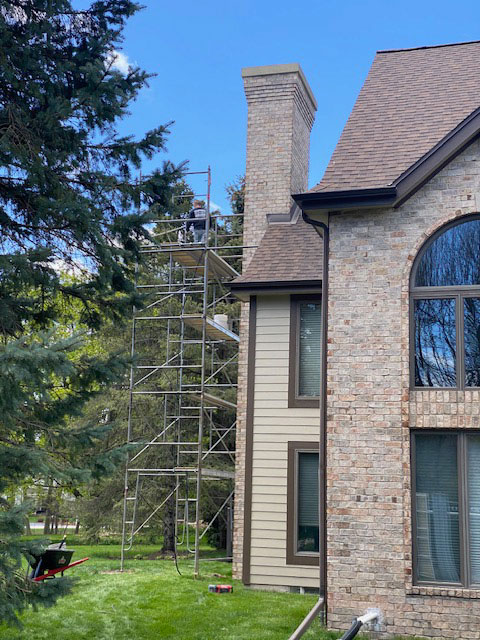
Chimney Crowns / Caps
A chimney crown, also known as a chimney wash or chimney splay, refers to the masonry or concrete slab that covers the top of a chimney structure. It serves as a protective barrier between the chimney stack and the elements.
The chimney crown is typically constructed with a sloped design to allow water to run off and away from the chimney structure. Its purpose is to shed water and prevent moisture from seeping into the masonry materials, which can cause deterioration, cracking, and other forms of damage over time.






Key features and functions of a chimney crown include:
- Water Protection: The primary function of a chimney crown is to prevent water from penetrating the chimney structure. By providing a sloped surface, the crown directs water away from the masonry walls, reducing the risk of water damage and deterioration.
- Structural Integrity: A well-built chimney crown adds structural stability to the chimney. It helps protect the top of the chimney stack from the effects of weathering, such as freeze-thaw cycles, which can cause cracks and damage to the masonry.
- Maintenance of Interior Components: The chimney crown helps protect the interior components of the chimney, such as the flue liner, from exposure to moisture. By preventing water from entering the chimney structure, the crown reduces the risk of damage to these components and prolongs their lifespan.
It is important for the chimney crown to be properly constructed and maintained. A well-built chimney crown should have a drip edge or overhang to ensure water runoff, be made of a durable material (such as concrete or a suitable masonry mix), and be properly sealed to prevent water penetration. Regular inspection and maintenance of the chimney crown are recommended to address any signs of deterioration, cracks, or damage and ensure its continued effectiveness.
Overall, the chimney crown is a crucial component of a chimney system, providing protection against water damage and maintaining the structural integrity of the chimney stack.







